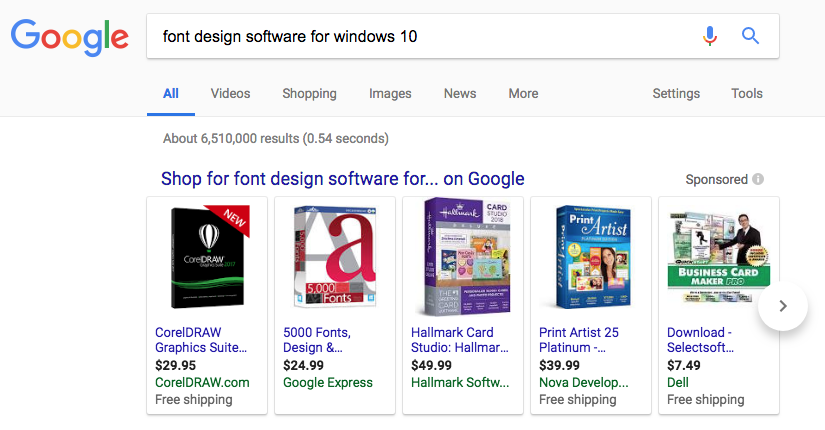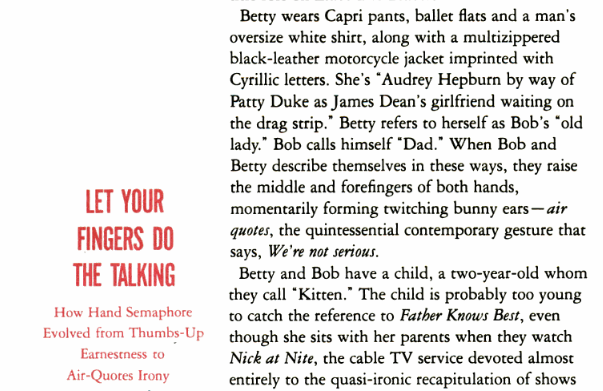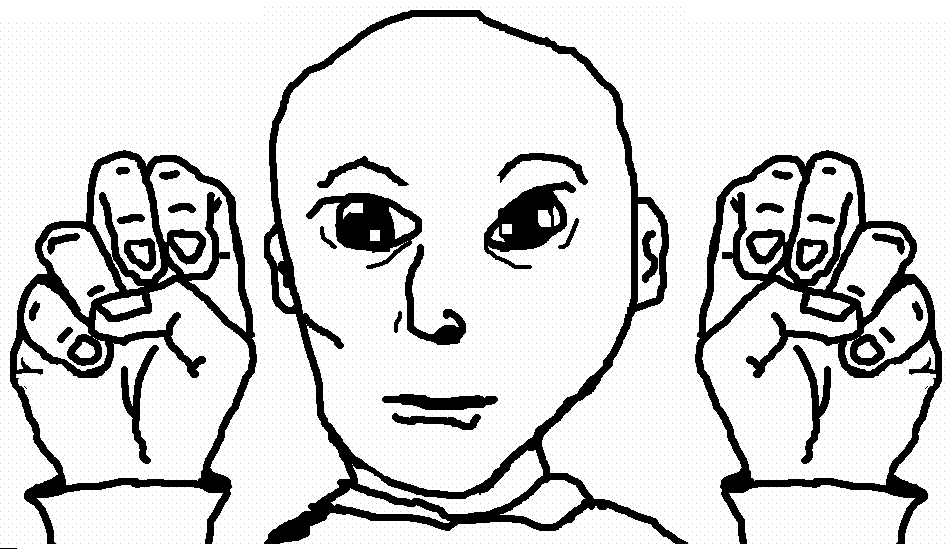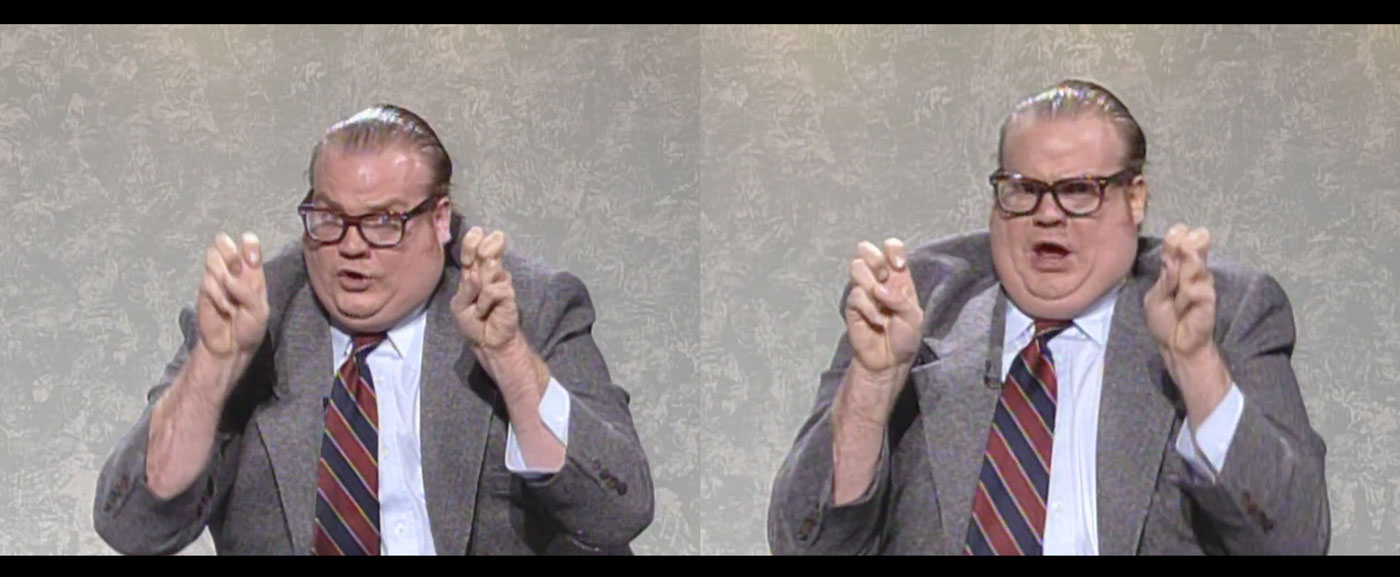Dear Alphabettes,
Is ‘Book’ supposed to be lighter or bolder than ‘Regular’?
Lisa
Hey Lisa,
Thanks for asking! And no thanks for making me answer this. We put out a poll asking our peers what they think it’s supposed to be, and you’re not going to like the results. 58% of the votes claim it should be lighter, while 42% claim it should be darker. There are historic, conceptual and technical considerations for why it might be so uneven.
The reasoning for ‘Book’ to be lighter than ‘Regular’ is as good as the one for it to be bolder. A lighter weight ‘Book’ style may have been made to counteract the print gain of paperback printing, and a darker ‘Book’ style may have been made to look better when smaller (just as optical sizes tend to gain weight towards the smaller end). I find both of these lines of reasoning persuasive and logical. (And then there are also the instances where it’s neither reason, but something else entirely, or just legacy.) And then we’re back to why you asked the question in the first place.
There is also a technical problem with some software interpreting ‘Book’ to be the same weight as ‘Regular’. That means that the styles will be sorted differently – or even ignored – depending on the application you’re using. Software doesn’t care about the logical conundrum, or which side of the Twitter poll gets slightly more votes. If software got to decide, we’d just name all our weights with numbers instead.
If it is reasonable for a weight to be two different things, perhaps the best solution is to avoid the name ‘Book’, at least in combination with ‘Regular’. Type designers should then skip the term, and instead either commit to a more thorough system for optical sizes, or adopt more distinct names. Some favourites include ‘Blond’ (as Fred Smeijers likes to call his slightly-lighter-than-regular weights) and the rather literal ‘Blanca’, ‘Gris’ and ‘Negra’ pairing that PampaType do in their fonts. I guess I’m partial to poetic names.
Lisa, I’m sorry, but I’m gonna have to give you the most common [citation needed] answer in type design: It depends!
Love,
Robin




